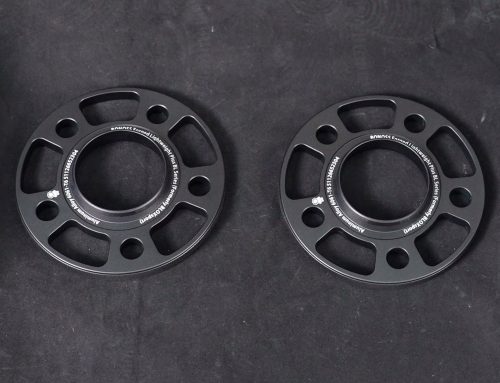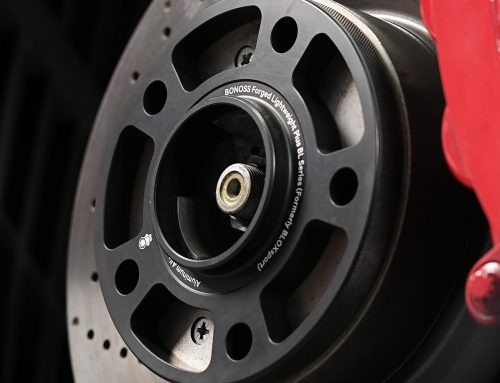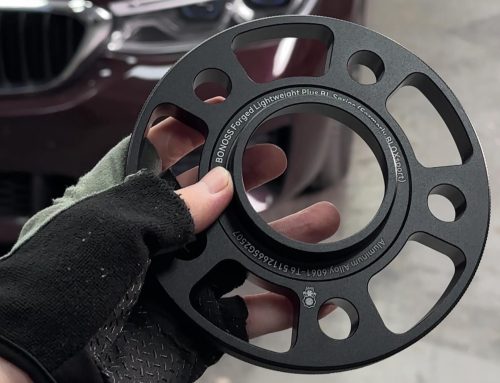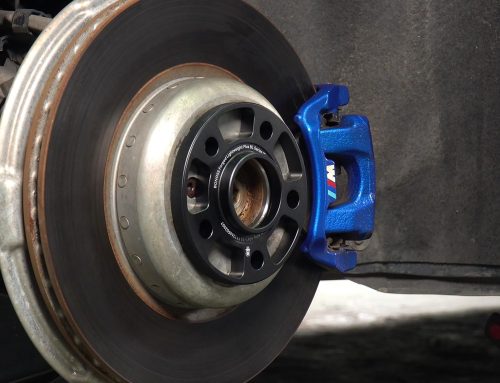
Today’s topic is about a very controversial debate: wheel spacers safety. Discourses about wheel spacers tend to be polarizing. People who often use them are spacers enthusiasts, while someone who rejects them would never approach them. What are hub-centric wheel spacers? How to distinguish different types of wheel spacers? Are wheel spacers safe for driving? We will have a comprehensive statement in the article to ensure you get more understanding before you decide to buy wheel spacers. (The pic above is illustrated from https://www.pexels.com/photo/black-vintage-car-188708/. Any infringement, please contact us.)
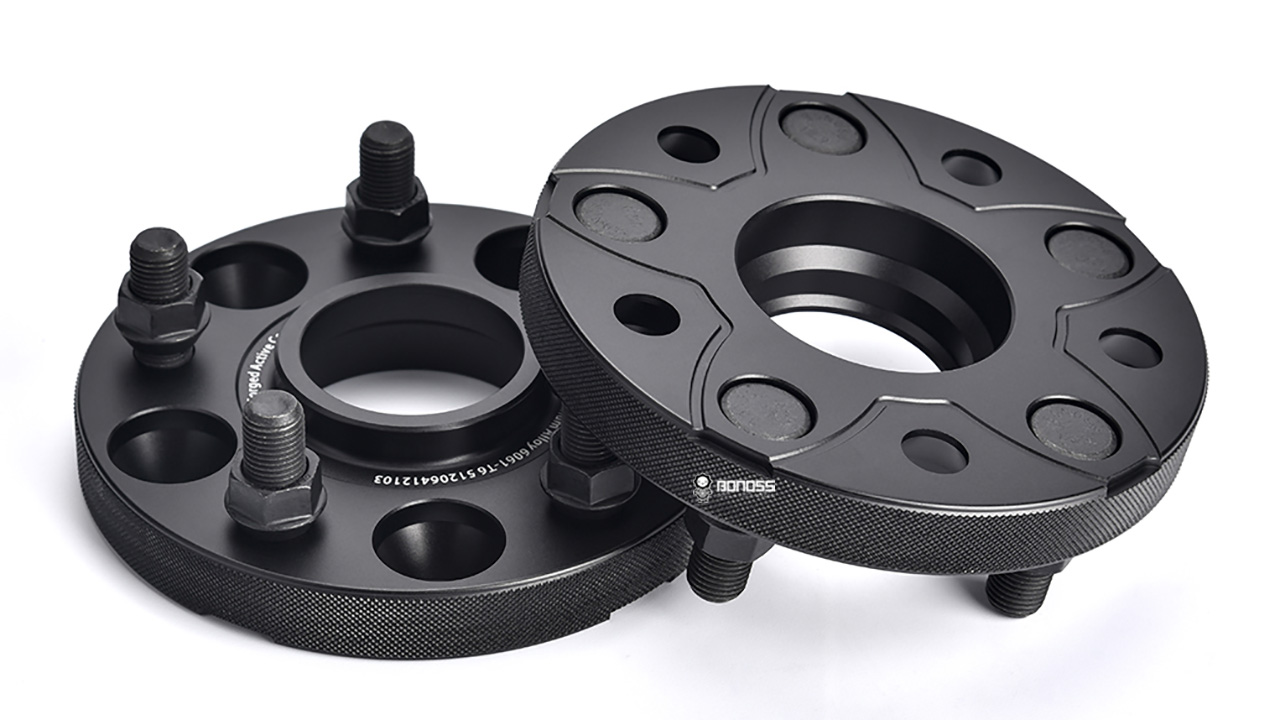
What Are Wheel Spacers?
Before diving into the diversity of wheel spacers and safety issues, we could get more familiar with the working principle of wheel spacers. Wheel spacers/Wheel adapters are components fitted between the hub and the wheel of your vehicles. By setting the tires farther out from the hub assembly, wheel spacers create additional space to prevent tires from rubbing wheel well liners, upgraded suspension parts, or larger brakes. In a word, wheel spacers are often applied for appearance improvement, performance enhancement, and fitment correction.
Wheel spacers can be mainly divided into two dimensions: slip-on or bolt-on, hub-centric or lug-centric. Bolt-on spacers attach to the wheel hub directly with their own studs, and slip-on spacers are a more straightforward way to slide over your wheel studs. Hub-centric means that wheel bore and axle line up perfectly, while lug-centric means that lugs themselves do the centering. Are you confused? You may get more clear cognition of these concepts after reading the following content. There we go!
Hub-centric Bolt-on Spacers
This type of wheel spacer works the same way as your regular wheels do. They bolt onto your hub and slide over the wheel studs and provide the lug nuts for mounting. The strongest point is the lip fitting around your vehicle’s hub, which will put all the pressure right back on the hub. If you are chasing a high safety level, it is a fantastic option.
Hub-centric Slip-on Spacers
This type of wheel spacer slides over your existing lug nuts instead of ones equipped with wheel spacers, so you must make sure your studs have enough thread engagement. The positive is the design has grooves that connect to the vehicle’s hub. The grooves can transfer the torque to the hub itself, which reduces a ton of stress of the studs.
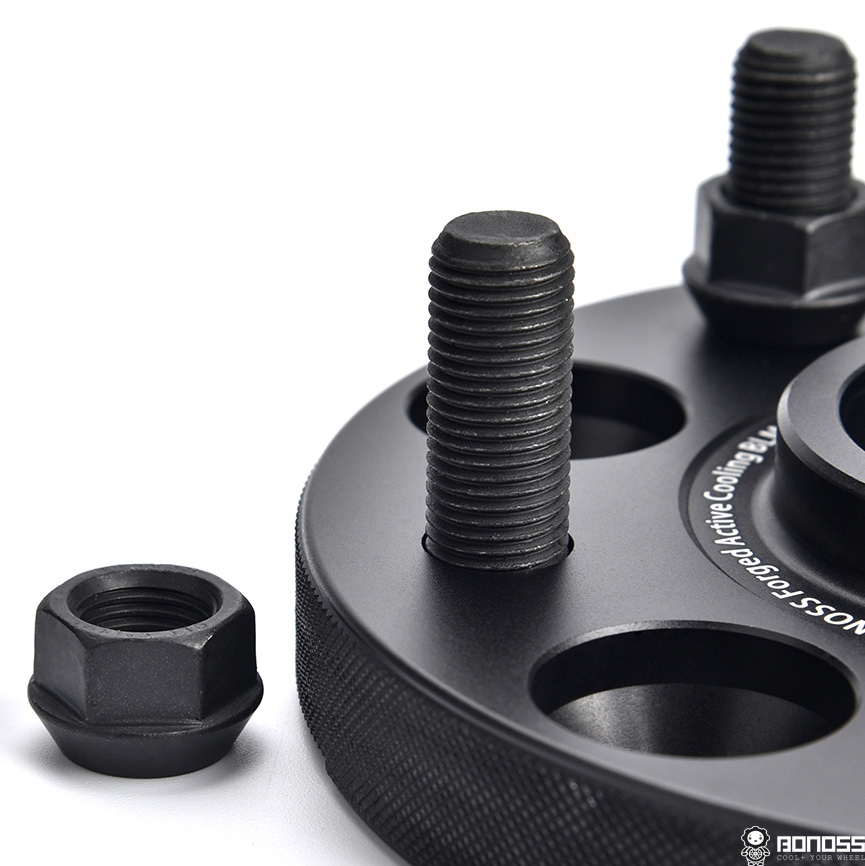
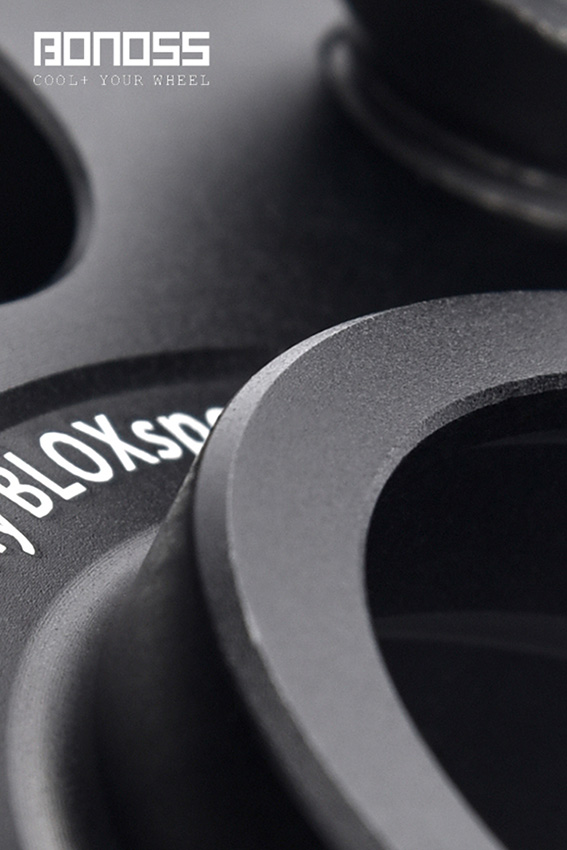
Lug-centric Bolt-on Spacers
The advantage of this attach is they can provide their own lug nuts to correctly install the wheel spacers on, which would save much trouble of adjusting the length of studs. However, they are directly bolted onto the wheel studs of the vehicle and don’t have the lip to convert the torque on the hub. The consequence is that all the stress goes on wheel studs. It is not safe, because obviously, the manufacturer did not design lug nuts to handle your vehicle—they manufacture the hub to handle that.
Lug-centric Slip-on Spacers
As for this option, I’ll not really recommend it to you personally. First of all, it is lug-centric, which means that it mounts directly to the lug nut without notches that connect to the hub. So all the stress is put on the lug nuts, which is not safe enough. Secondly, this type of wheel spacer is very hard to center the hub. The vibration can be easily noticed when your speed is more than 60 mph. Last, the same question as hub-centric slip-on spacers, you have to ensure the thread length.
Conclusion of Type Option
Given the reasonable distribution of stress, the hub should be the center of stress for normal drive. Make sure your wheel spacers are hub-centric instead of lug-centric. If you choose slip-on spacers, you must ensure your stud length to prevent the wheel from falling off. If you don’t want to worry about too much, just choose hub-centric bolt-on spacers. It’s definitely safe!

